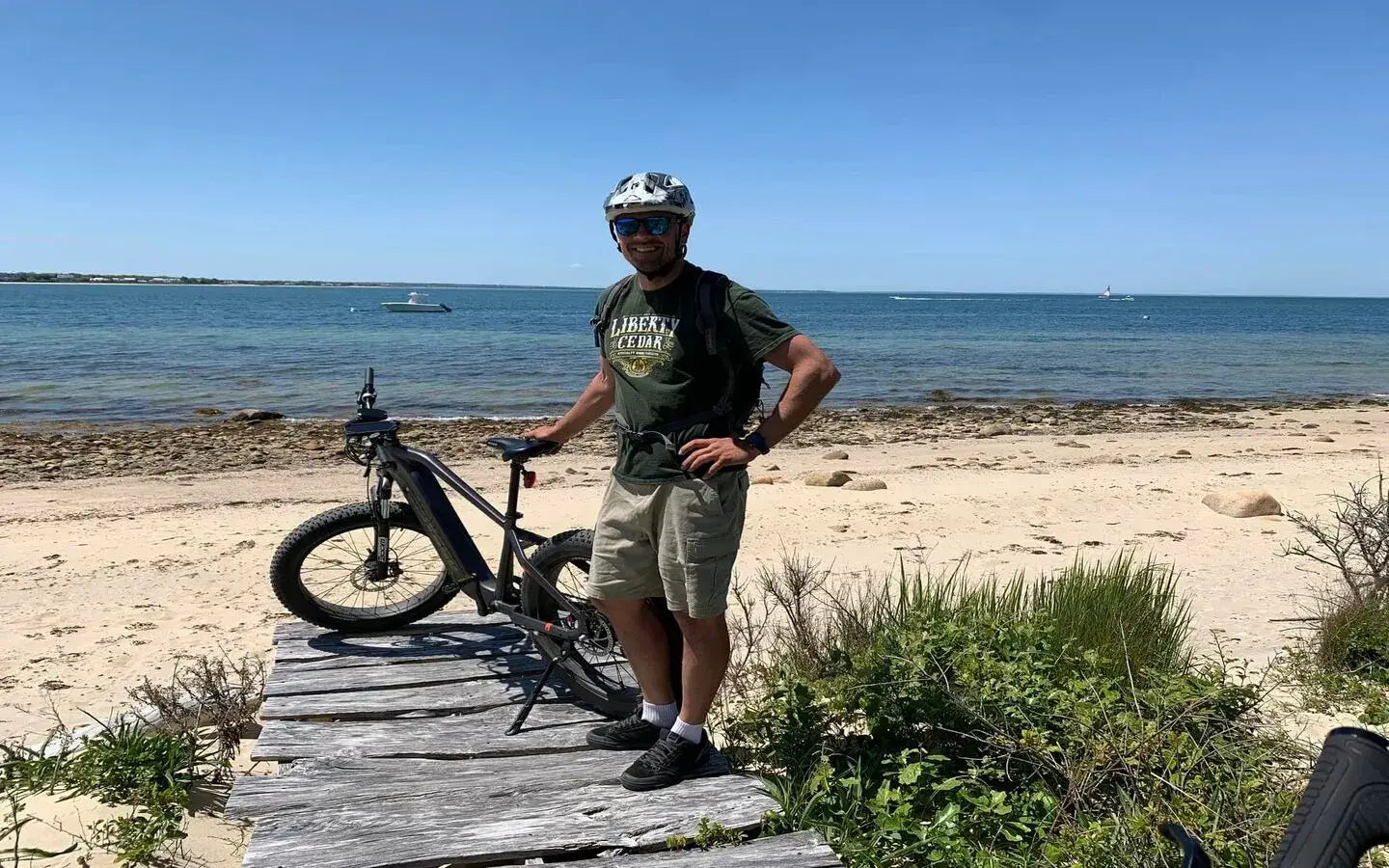
- by LiuJiazhu
What Is the Ideal Bike Tire PSI for Safe and Efficient Riding?
- by LiuJiazhu
Bike tire PSI (pounds per square inch) refers to the air pressure inside your bike tires, crucial for ride comfort, safety, and performance. The ideal bike tire PSI depends on the bike type, tire width, rider weight, and terrain, typically ranging from 20 PSI for mountain bikes to over 100 PSI for road bikes. Maintaining the correct tire pressure improves handling, reduces flats, and enhances tire longevity.
Bike tire PSI directly influences how your bike interacts with the road or trail. Higher PSI results in firmer tires, reducing rolling resistance and increasing speed, ideal for smooth surfaces. Lower PSI provides better shock absorption and traction on rough or loose terrain but increases rolling resistance. Incorrect PSI can cause poor handling, increased punctures, and premature tire wear, making it essential to find the right balance for your riding style and conditions.
Road bikes typically require 80–130 PSI for speed and efficiency. Mountain bikes use 30–50 PSI for better traction on rough terrain. Hybrid and commuter bikes usually fall between 50–70 PSI, balancing comfort and performance.
Bike tire PSI varies widely by bike category and tire size:
| Bike Type | Tire Width (mm) | Recommended PSI Range |
|---|---|---|
| Road Bikes | 19-28 | 80-130 PSI |
| Gravel Bikes | 30-50 | 25-45 PSI |
| Mountain Bikes | 2.0-2.6 inch | 18-35 PSI |
| Hybrid Bikes | 35-50 | 50-70 PSI |
| Kids’ Bikes | Varies | 7-40 PSI |
These ranges are general guidelines; always check the tire sidewall for manufacturer recommendations.
Rider weight and terrain type significantly affect optimal tire pressure. Heavier riders generally require higher PSI to prevent tire squashing and rim damage, while lighter riders can use lower pressures for comfort and grip. Smooth pavement favors higher PSI for efficiency, whereas rough trails or wet surfaces benefit from lower PSI to enhance traction and shock absorption.
Accurate measurement of bike tire PSI requires a reliable pressure gauge, either built into a pump or a standalone device. Digital gauges offer precision, while analog ones are more affordable. Regularly check tire pressure before rides, especially for tubeless or high-pressure tires, to ensure safety and performance. Some riders use tire pressure calculators that factor in weight, tire width, and terrain for personalized PSI recommendations.
Riding with too low PSI increases the risk of pinch flats, rim damage, and sluggish handling. Excessively high PSI can cause a harsh ride, reduced traction, and increased tire wear. Both extremes compromise safety and efficiency. Maintaining the correct bike tire PSI ensures optimal contact with the ground, better control, and longer tire life.
When purchasing equipment to maintain proper bike tire PSI, invest in a quality pump with an accurate pressure gauge, preferably digital for precision. Select pumps compatible with your valve type (Presta or Schrader). Consider portable mini-pumps for on-the-go adjustments. Choose tires with clear PSI markings and consult manufacturer guidelines. Brands like HOVSCO emphasize safety and innovation in their tire and pump designs, helping riders maintain ideal PSI effortlessly.
“HOVSCO understands that optimal bike tire PSI is fundamental to rider safety and enjoyment,” explains a cycling expert. “Their focus on developing precise, durable pumps and tires with clear PSI ranges helps cyclists maintain ideal pressure tailored to their riding style and conditions. Proper tire inflation is a small detail with a huge impact on performance and comfort, and HOVSCO’s innovations make it accessible to all riders.”
Q: How often should I check my bike tire PSI?
A: Check tire PSI before every ride or at least once a week for regular riders to maintain optimal pressure.
Q: Can I use the same PSI for front and rear tires?
A: Not always; rear tires often carry more weight and may require slightly higher PSI than front tires.
Q: What PSI is best for tubeless bike tires?
A: Tubeless tires generally run at lower PSI than tubed tires, improving grip and comfort, but always follow manufacturer limits.
Q: How do I know if my tire pressure is too low?
A: Signs include frequent flats, rim strikes, or a squishy feel when riding.
Q: Can I overinflate my bike tires?
A: Yes, exceeding the maximum PSI on the tire sidewall can cause blowouts or poor traction.
Share:
How To Securely Install A Kid Seat On An Electric Bike?
Which Top-Rated Electric Bikes Feature Rear-Mounted Kid Seats?